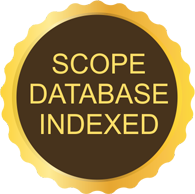2Department of Physiotherapy and Rehabilitation, İstanbul Gedik University, İstanbul, Türkiye
3Department of Physiotherapy and Rehabilitation, Demiroglu Bilim University, İstanbul, Türkiye
4Department of Urology, Haydarpasa Numune Training and Research Hospital, İstanbul, Türkiye
Abstract
Introduction: It is important for patients to be included in a pulmonary rehabilitation program before and after surgery to prevent postoperative complications. Incentive spirometry is designed to mimic maximum deep inspiration and encourages the patient to take long, deep, slow breaths that increase lung volume. The aim of this study is to investigate the effects of two different types of incentive spirometry applied postoperatively on vital signs, pain, fatigue and dyspnea of patients undergoing urological surgery.
Materials and Methods: 159 patients who underwent urological surgery were randomly assigned to the Volume-Oriented Incentive Spirometry Group (VISGr) (n=53), Flow-Oriented Incentive Spirometry Group (FISGr) (n=53) and Standard Respiratory Exercise Group (SREGr) (n=53). After surgery, 10 breathing exercises and 10 incentive spirometry were performed 4 times. Participants' vital values, fatigue, pain and dyspnea parameters were evaluated at certain times preoperative stage, postoperative stage, before exercise (BE) and after exercise (AE).
Results: As a result of the evaluations, a significant difference was found between the groups in systolic blood pressure values before and after the fourth exercise session and in postoperative Borg Leg fatigue and visual analog scale general fatigue values after the last exercise session. In the intra-group evaluation, a significant improvement was found in pain values in all three groups.
Discussion and Conclusion: Incentive spirometry, which is used to prevent adverse effects on lung volumes that may occur in surgical situations, can be considered as an economical method of additional sort to provide symptom control, regardless of its type.
2İstanbul Gedik Üniversitesi, Fizyoterapi ve Rehabilitasyon Bölümü, İstanbul, Türkiye
3Demiroğlu Bilim Üniversitesi, Fizyoterapi ve Rehabilitasyon Bölümü, İstanbul, Türkiye
4Haydarpaşa Numune Eğitim ve Araştırma Hastanesi, Üroloji Kliniği, İstanbul, Türkiye
Giriş: Ameliyat sonrası komplikasyonları önlemek için hastaların ameliyat öncesi ve sonrası pulmoner rehabilitasyon programına dahil edilmesi önemlidir. İnsentif spirometri, maksimum derin inspirasyonu taklit edecek şekilde tasarlanmıştır ve hastayı akciğer hacmini artıran uzun, derin, yavaş nefesler almaya teşvik eder. Bu çalışmanın amacı, ürolojik cerrahi geçiren hastaların postoperatif olarak uygulanan iki farklı insentif spirometri tipinin vital bulgular, ağrı, yorgunluk ve dispne üzerindeki etkilerini araştırmaktır.
Yöntemler: Ürolojik cerrahi geçiren 159 hasta rastgele Hacim Odaklı İnsentif Spirometri Grubu (VISGr) (n=53), Akış Odaklı İnsentif Spirometri Grubu (FISGr) (n=53) ve Standart Solunum Egzersizi Grubu (SREGr) (n=53) olarak atandı. Ameliyattan sonra, 10 solunum egzersizi ve 10 insentif spirometri uygulaması 4 kez yapıldı. Katılımcıların vital değerleri, yorgunluk, ağrı ve dispne parametreleri belirli zamanlarda preoperatif aşamada, postoperatif aşamada, egzersizden önce (BE) ve egzersizden sonra (AE) değerlendirildi.
Bulgular: Değerlendirmeler sonucunda, gruplar arasında dördüncü egzersiz seansından önce ve sonra sistolik kan basıncı değerlerinde ve son egzersiz seansından sonra postoperatif Borg Bacak yorgunluğu ve görsel analog skala genel yorgunluk değerlerinde anlamlı bir fark bulundu. Grup içi değerlendirmede, her üç grupta da ağrı değerlerinde anlamlı bir iyileşme bulundu.
Tartışma ve Sonuç: Cerrahi durumlarda oluşabilecek akciğer hacimlerindeki olumsuz etkileri önlemek için kullanılan insentif spirometri, tipinden bağımsız olarak semptom kontrolü sağlamak için ekonomik bir ek yöntem olarak düşünülebilir.

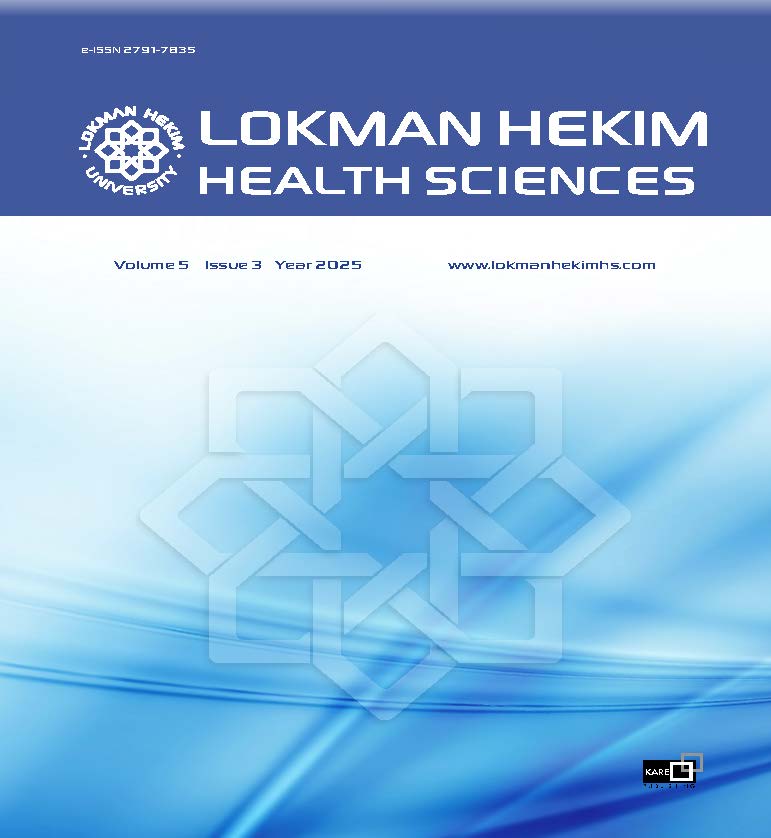
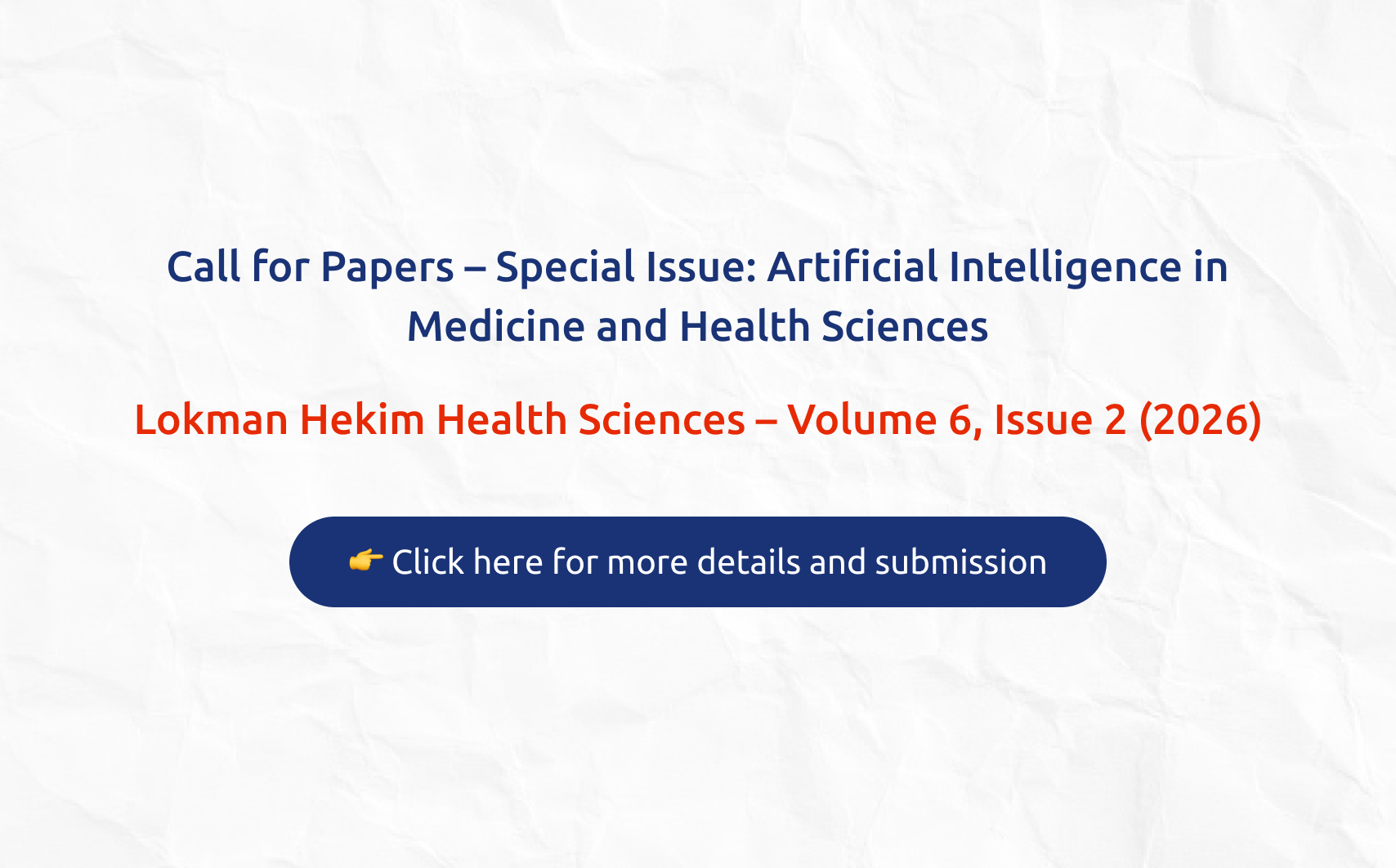
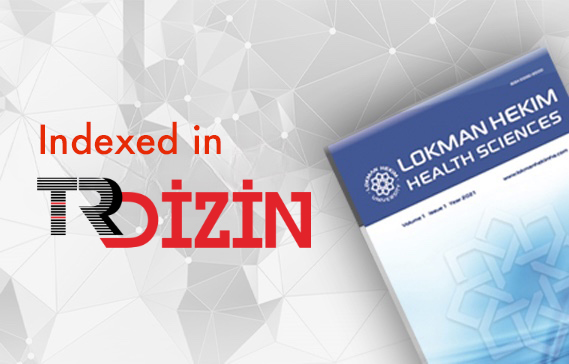
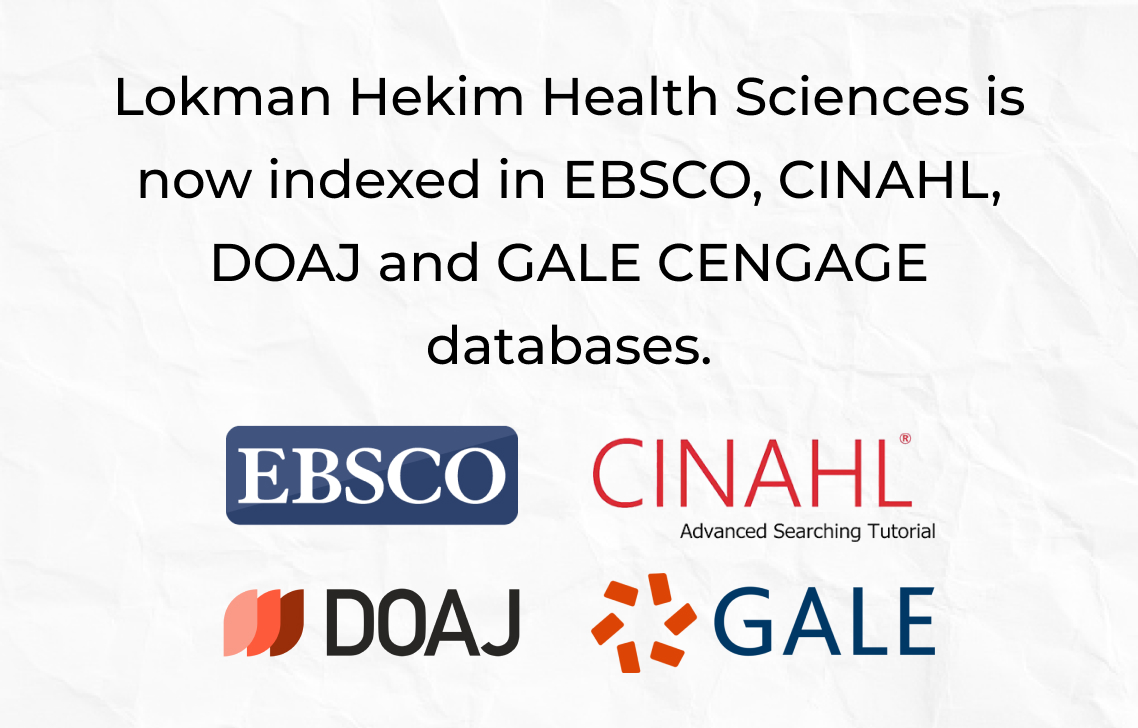
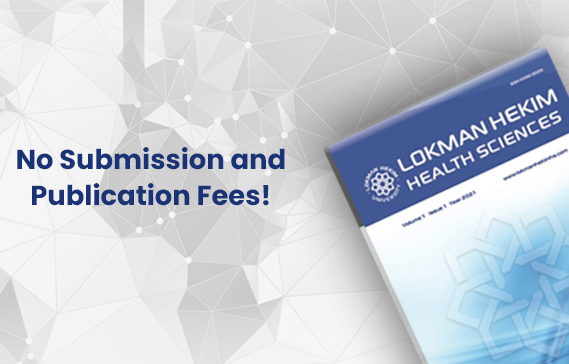
 Hümeyra Aydın1
Hümeyra Aydın1 

